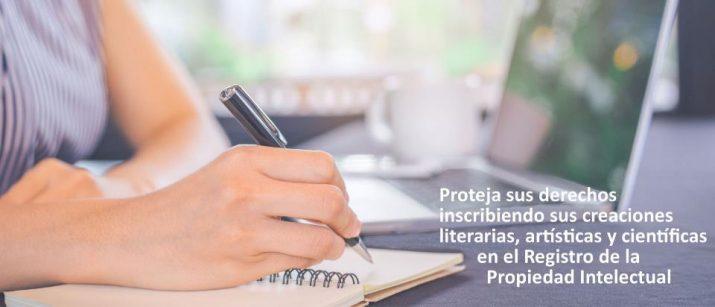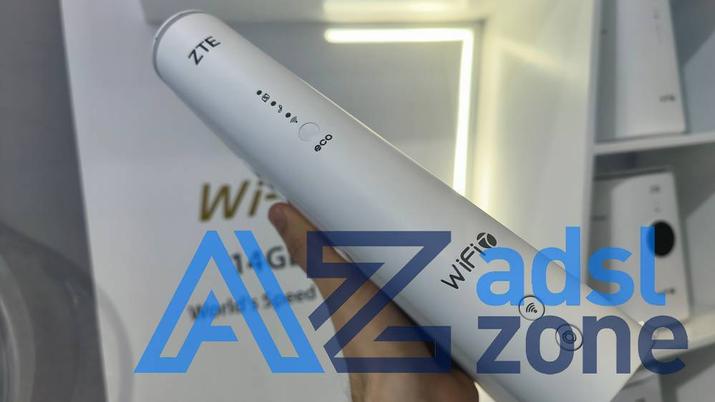In order for Dall-E, Bing, and other Artificial Intelligences to be able to generate images, they must first learn. And, to do this, these AIs have been trained with billions of images that are available on the Internet. The problem with this is that many of the images they have used to train these AIs are not royalty-free images, but are copyrighted.
Although an AI is not going to use a copyrighted photo as such, it often does use elements that make up these photos. The same happens with texts, and even with the programming codes that it can generate and which, obviously, have come from code written by other people.
If you do not want Artificial Intelligences to use your photos, and your information, to train themselves, today we are going to teach you how you should protect them correctly. The first thing of all is to know a web page, called «HaveIBeenTrained.com«, since it will allow us to upload our photos and analyze, with the main training databases, whether or not they have been used to train AIs.
If so, we should file a copyright claim with the owners of the AI so that they remove the information generated from said image. If not, here’s what you need to do to make sure no one uses your photos to train any language models.
Prevent robots from accessing your photos
All websites have a file called “Robots.txt” which is responsible for telling search engines (Google, Bing, etc.) how far they can or cannot access. Therefore, if we configure this file correctly, we can avoid being penalized by Google but, at the same time, prevent robots from reading all our photos. Since they are invisible to robots, AIs will not be able to use them to train their algorithms either.
If we have our own website where we upload our photos, all we have to do is edit this file to add the following (assuming the photos are saved in that directory):
- Disallow: /images/
- User-agent: *
- Allow: /
And ready. Photos will no longer be viewed or analyzed by anything other than human.
Register your art
Many times we say that a photo is ours, but when it comes down to it we have nothing to prove it, since the image is not registered. Therefore, another way to protect our intellectual property, and not only that, but even complain if images are used without permission, is to register our intellectual property.

We can use Creative Commons to use a free and open copyright system, or go to the Registration of the intellectual property of our community to present evidence there to be able to register the works. We may also use the United States Copyright Office from this link to proceed with our registration.
Add watermarks
Watermarking is a way to protect photos from possible theft and unauthorized use. However, Artificial Intelligence is capable of removing a watermark without too many problems. Therefore, what we recommend is to use very aggressive watermarks that prevent the AI from not only being able to remove them, but also from being able to use the image.
These watermarks can be of many different shapes. For example, we can fill the image with the watermark, repeated in sequence, to prevent it from being deleted. We can also add a large watermark that is also not easy to remove so that the AI cannot use it. Even adding watermarks to key parts of the photo so that if they are retouched or deleted, the photo is no longer worth anything.

Do not upload your photos to the Internet
Although this will make it difficult to sell, if you are going to do it professionally, keeping them private will prevent bots from accessing these photos. What we can do is add some thumbnails of the photos to our website, small photos, and with very poor quality, that are of absolutely no use to the AI. Then, whoever pays for it will be able to get the complete image free of watermarks.
Social networks are also not a good place to upload photos, since everything we upload to them stops being our property and becomes the property of Meta, X, or whatever company. And they can sell them, give them away, or do whatever they want with them.













